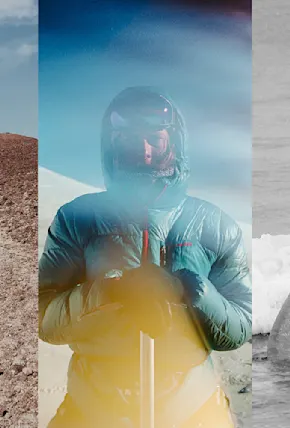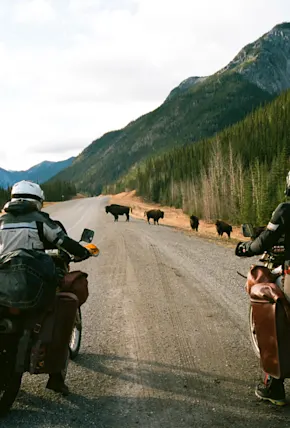For years I romanticized and dreamed about commercial salmon fishing in Alaska. I’ve rubbed shoulders with enough grisly fishermen and old salts who told stories of terrible weather, abominable crew, world record hangovers, and huge paychecks that the idea became an itch I had to scratch. From experience I knew I was virtually immune to sea sickness, and with a summer free of concrete plans—not to mention a barren bank account after my 18 month motorcycle trip from Alaska to Patagonia—the time was perfect. What did I have to lose? There was only one way to find out.

A good friend of mine, Micheal Hand, was a seasoned skipper and invited me aboard his seiner, the (mighty) F/V Bounty. As a greenhorn, it’s not always easy finding work in an Alaskan fishery. The fishing community is pretty tight knit and most people are only hired through word of mouth. A captain doesn’t want to spend three months at sea with somebody he knows nothing about, but thanks to Micheal I was able to skip the initiatory process of “walking the docks”—essentially cold calling fishing crews and attempting to convince them to hire a greenhorn such as myself.
So I bought a one way plane ticket to the tiny port town of Cordova in the Prince William Sound, and stepped off the plane onto hollowed ground in the last frontier, Alaska.


















